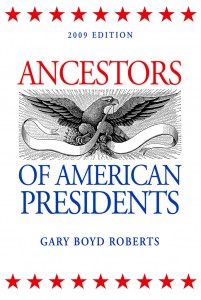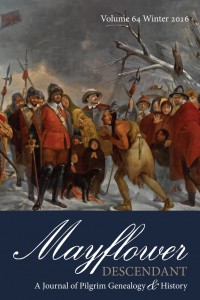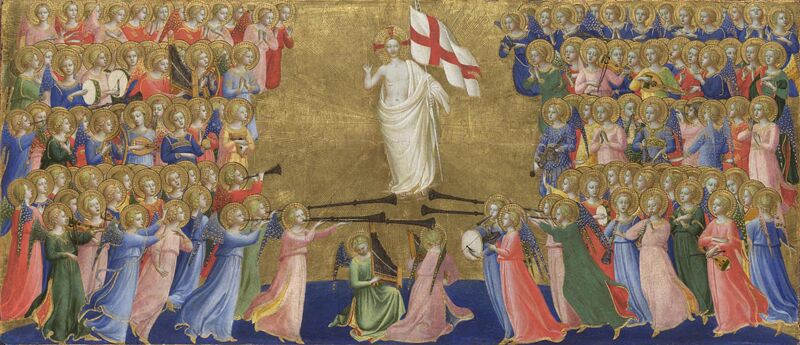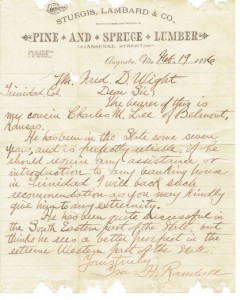Editor’s Note: NEHGS Senior Research Scholar Emeritus Gary Boyd Roberts makes his Vita Brevis début with a series of articles updating entries to his Ancestors of American Presidents, 2009 Edition, and its 2012 reprint.
 The subject matter of Ancestors of American Presidents (first published in 1989) is intrinsically interesting, of course, but I have also found it to be a useful delineator of major patterns in American genealogical evolution. As I noted in the introduction to the 2009 edition of this book, within it “lie not only clues perhaps to new lines in your own ancestry, but also … various, and collectively millions, of kinships to presidents. Discovering and enjoying these kinships…, you will, I hope, have further thoughts about your own genealogical connection, or ‘fit,’ into the country at large.”
The subject matter of Ancestors of American Presidents (first published in 1989) is intrinsically interesting, of course, but I have also found it to be a useful delineator of major patterns in American genealogical evolution. As I noted in the introduction to the 2009 edition of this book, within it “lie not only clues perhaps to new lines in your own ancestry, but also … various, and collectively millions, of kinships to presidents. Discovering and enjoying these kinships…, you will, I hope, have further thoughts about your own genealogical connection, or ‘fit,’ into the country at large.”
The following entries show recent published research on the ancestors of American presidents and their spouses: Continue reading Update for Ancestors of American Presidents



